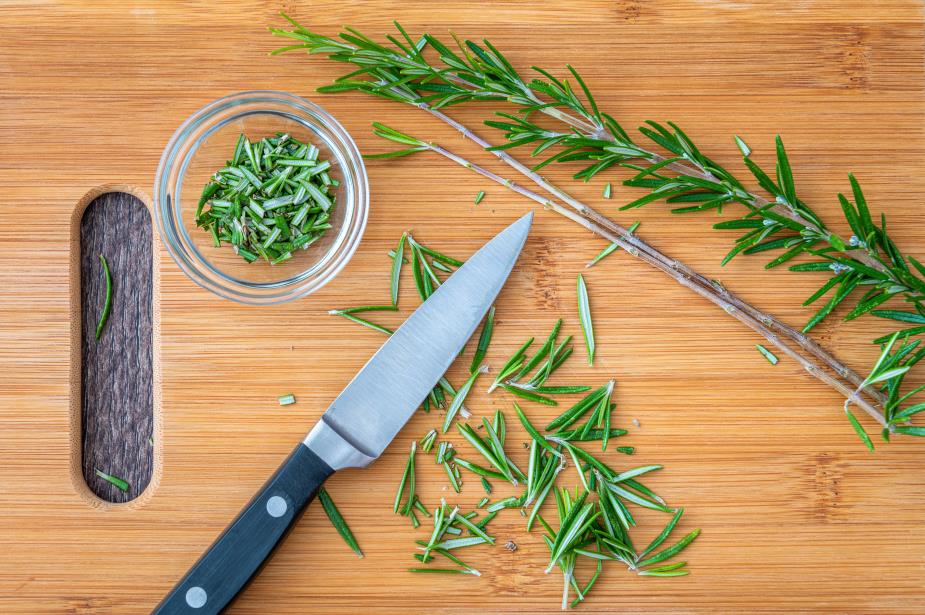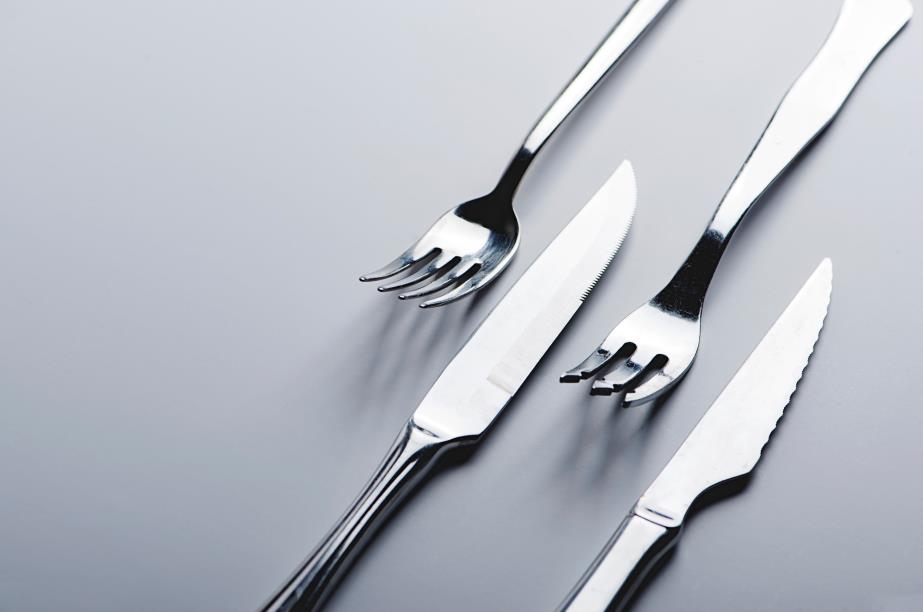The search for the perfect steel is a never-ending journey. Steelmakers and knife enthusiasts constantly debate the merits of different types of steel. The 440c steel often pops up in these discussions, and varied opinions about the steel abound. Indeed, 440c is not the perfect steel for all applications, but it does have a lot to offer.
In a basic sense, the 440c steel is a high-carbon stainless steel alloy with hardness and mechanical strength at its core. The high carbon content (relative to other stainless steels) gives the alloy its hardness and wear resistance, while the chromium ensures corrosion resistance. This combination of properties makes the 440c steel ideal for mid-range knife blades alongside other cutting tools.
This article focuses on the composition, properties, and application of the 440c steel. You’ll also learn the merits and worst traits of this alloy as we compare it with other types of steel.
Table of contents
What is 440c steel?
The 440c is a high carbon stainless steel alloy under the 440 series. It contains the highest carbon content in its series, which gives the steel its characteristic hardness, wear-resistance, and strength. The steel has moderate corrosion resistance and is thus perfect for knife blades and other mid-range cutting tools.
Other steel types under the 440 series include the 440A, 440B, and 440F. Steel in this series attains the highest form of hardness when heat-treated and tempered correctly. They also have chromium as a critical component, which gives the steel its resistance to rust and corrosion.
440c steel composition
The chemical composition of the 440c steel is responsible for its unique properties. Below is the chemical composition of the alloy in percentages:
- 1.1% Carbon: Carbon is the primary element that gives the 440c steel its hardness. It also improves wear resistance.
- 17% Chromium: Chromium ensures the steel’s resistance to rust and corrosion. It also stabilizes the alloy and improves its tensile strength.
- 0.8% Manganese: Manganese aids in the formation of martensite, the desired phase in heat treatment. It also improves the steel’s toughness and tensile strength and decreases brittleness.
- 0.70% Molybdenum: Molybdenum improves the steel’s machinability. It also enhances the strength and toughness of the steel.
- 0.5% Silicon: Silicon improves the steel’s hardness and strength but not as much as manganese or carbon.
- 0.2% Phosphorus: Phosphorus increases resistance to corrosion, strength, and the machinability of the steel.
- 0.02% Sulfur: Sulfur is a minor alloying element; however, it works alongside phosphorus to improve machinability.
- 79.5% Iron: Iron is the primary component in the alloy. It gives the steel its characteristic ductility and malleability.
Is 440c steel good as a knife material?

The chemical composition of 440c steel is what makes it a unique alloy. Several factors make the steel good for knife blades. When looking for a knife blade material, you want a blade with excellent corrosion resistance and hardness balance.
From the chemical composition above, it’s evident that the 440c has a high carbon content. The right amount of carbon ensures the hardness and wear resistance of the steel. Additionally, the 17% chromium offers good corrosion resistance. The steel also has the right amount of manganese, molybdenum, and silicon to achieve the desired properties.
Below is a more detailed look at the properties of 440c steel:
Hardness
The 440c steel has a hardness of 58–60 on the Rockwell scale. The steel can attain high hardness levels thanks to the high carbon content. It’s not as hard as other modern steel variants, but it’s the hardest in the 440 series.
The hardness of the steel makes it ideal for knife blades. The 58–60 HRC is the hardness range used in the design and manufacture of pocket knives.
Edge retention
Edge retention is the steel’s ability to hold an edge under repeated use. The 440c steel has good edge retention and can withstand high wear before the blade needs sharpening. The combined effects of carbon and chromium give the steel a high wear resistance.
Wear resistance
Thanks to the carbon and chromium content, the 440c alloy has high wear resistance. The 440c steel blade can last a long time without wear. Chefs and other users who need a knife that withstands repeated use will find the 440c steel ideal.
Corrosion resistance
The 17% chromium content provides excellent corrosion resistance in all environments. The steel can easily resist rust and corrosion, making it an ideal choice for knife blades. A knife with moderate to excellent corrosion resistance is easy to maintain and won’t rust or corrode over time.
Sharpening
With the steel’s hardness comes difficulty in sharpening. True to the 440 series, the 440c steel is not as easy to sharpen as softer steel. What’s more, it doesn’t become too sharp like some other high-carbon steel. However, it can hold its edge for a long time.
Toughness
The cost of corrosion resistance and wear resistance is a decrease in toughness. The 440c steel is not as tough as lower-carbon steel, but it’s still tougher than other high-carbon steel. The toughness of the steel is still good enough for knife blades that won’t break easily.
Pros and cons of 440c steel
In summary, here are some of the pros and cons of 440c steel:
Pros
- Excellent hardness for knife blades
- Good edge retention
- High wear resistance
- Excellent corrosion resistance
- Easy to maintain
Cons
- Sharpening can be difficult
- It’s not the sharpest blade
- Limited toughness
440c steel vs. other stainless steel alloys

Comparing the 440c steel to other stainless steel alloys, it’s clear that the 440c is a unique alloy. However, other steel alloys may pose an advantage in one area.
Below is how the alloy compares to other stainless steel alloys:
- S30V: S30V is powder-made steel that is much harder than the 440c. It also has better edge retention and toughness, but it’s more difficult to sharpen. Both alloys have similar levels of corrosion resistance due to the almost similar levels of chromium content.
- D2: D2 is a top-of-the-line steel variant that offers better edge retention and toughness than the 440c. However, the 440c has better corrosion resistance thanks to the high chromium content. 440c is also easier to sharpen than D2.
- VG10: VG10 is a popular steel alloy with better edge retention than the 440c. However, the 440c has better corrosion resistance and is easier to sharpen. It’s also tougher than VG10, with an almost similar level of corrosion resistance.
440c steel (FAQs)
Is 440c metal good?
Grade 440c stainless steel is a high carbon, martensitic stainless steel. It stands out as an alloy with very high wear and corrosion resistance compared to other stainless steel types. The high impact resistance and hardness of grade 440c stainless steel make it a popular choice for knife blades and other cutting tools.
Does 440c rust?
440c stainless steel is moderately resistant to rust and corrosion. It is easier to maintain than carbon steel but is not as rust-resistant as other stainless steel alloys. The high chromium and carbon content of 440c help to increase the alloy’s rust and corrosion resistance.
Is 440c stainless steel magnetic?
440c stainless steel is a magnetic alloy. The steel contains enough magnetic material to create a noticeable magnetic field.
Closing
The chemical composition of the 440c steel and its unique properties make it a popular choice for knife blades and other cutting tools. It offers excellent hardness, wear resistance, and corrosion resistance. The alloy is also easy to sharpen and maintain. While the 440c steel may not be the best in every category, it is still a top choice for many applications.
Visit our store for high-quality high-carbon knives that will change how you work. Check out our blog for more information on knives, care tips, and exciting kitchen tools.









